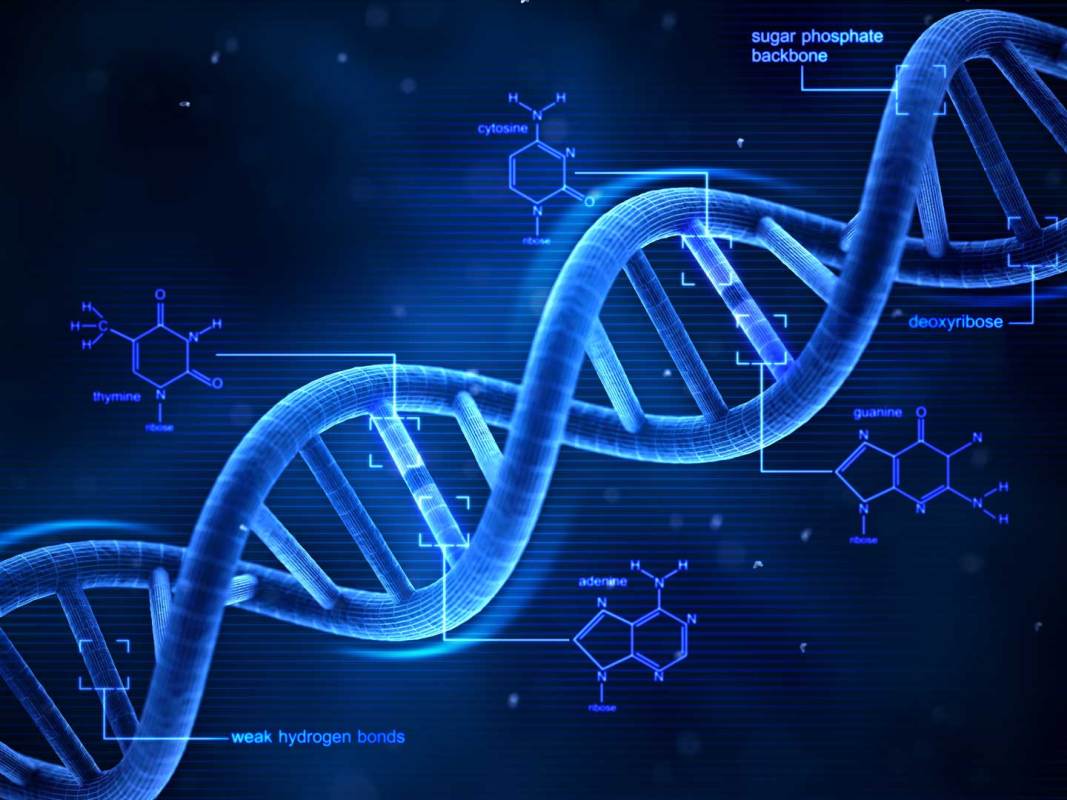This is an entirely different kind of biohacking.
A computer was just hacked using synthetic DNA for the first time. Researchers conducted the experiment in a lab, so there’s no immediate threat, but the possibility and future implications highlight the security risks of biotechnology.
Biologists convert the information encoded in DNA into digital data when sequencing a genome. The four DNA building blocks—represented by the abbreviations for the four nucleobases A,C,G,T—can also be illustrated with 1’s and 0’s and vice versa.
University of Washington researchers took the malicious code they bought online and basically installed it onto a strand of synthetic DNA, according to MIT Technology Review. When the researchers went to sequence the malware-laced DNA, it was used to gain “full control” of the computer processing the genetic information collected by the sequencing machine.
As such machines get smaller and less expensive, Tadayoshi Kohno, a computer security expert who led the team, warns the risks from malware-laced DNA will grow. The Atlantic reports the cost of sequencing a single genome has already dropped from $100 million in 2000 to under $1,000 today.
Some cybersecurity experts say, right now, using DNA as a computer exploit is unrealistic, according to The Atlantic. The virus would require impeccable timing and strike exactly when it was done being sequenced. That said, most admit genomic sequencing machines and the labs that house them have pretty loose security measures.
This article appeared in an InsideHook newsletter. Sign up for free to get more on travel, wellness, style, drinking, and culture.
























